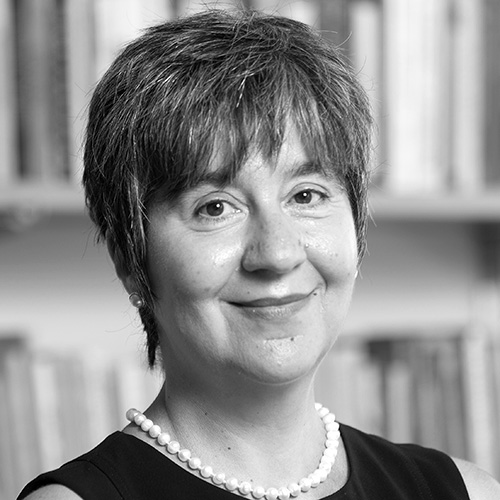Valentina Izmirlieva
Fellowships
FellowshipsThis project explores the formation of Balkan elites in the late Ottoman Empire by focusing on the Christian hajjis—Eastern Orthodox pilgrims to Jerusalem who took as their model the Muslim hajj to Mecca. These pilgrims defy familiar classifications. They adopted the Islamic title “hajji,” but insisted on their Christian identity. More strikingly still, their pursuit of salvation was inseparable from a very secular ambition—to transcend their “religious minority” status in a Muslim society where the title hajji itself was valuable symbolic capital. As the hajjis juggled incompatible goals and identities, they emerged as effective religious entrepreneurs who transformed their own pilgrim tradition for both individual and communal empowerment. Such tactical adaptation of the Islamic ritual system to Christian use challenges our models of Ottoman interfaith dynamics and furthers our understanding of religious change in any society where different confessional communities develop in contact and competition.
Few cities in the world have fascinated the Russian political imagination more than Constantinople. For centuries, the Russians called it “The City of the Tsar” (Tsargrad) and dreamed of reclaiming it from Muslim Ottoman rule for Eastern Christianity. In a political twist, that Russian longing came true in the 1920s not as a dream but as a nightmare. In three distinct waves, about 200,000 former subjects of the Russian Empire found refuge on the Bosporus, and for a brief but consequential moment the City of the Tsar became almost “Russian." Constantinople’s importance for the dispersion of Russian communities, ideas, and culture in the 1920s is undeniable, and yet, unlike Russian Paris, Berlin, New York and Shanghai, Russian Constantinople has been unduly overlooked. Similarly, the role of the Russian refugees in the history of modern Istanbul has only recently begun to receive the serious scholarly reflection it deserves. By focusing on the ways Constantinople’s “Russian” moment transformed both the refugees and their hosts, this project aspires to put Russian Constantinople on a larger Eurasian map of forced migration, contributing to global studies of immigration and refugee flows and their long-term socio-cultural consequences. My focus on women as the chief protagonists of the “Russian” moment further draws attention to often-neglected gender dimensions of forced migration, past and present.

